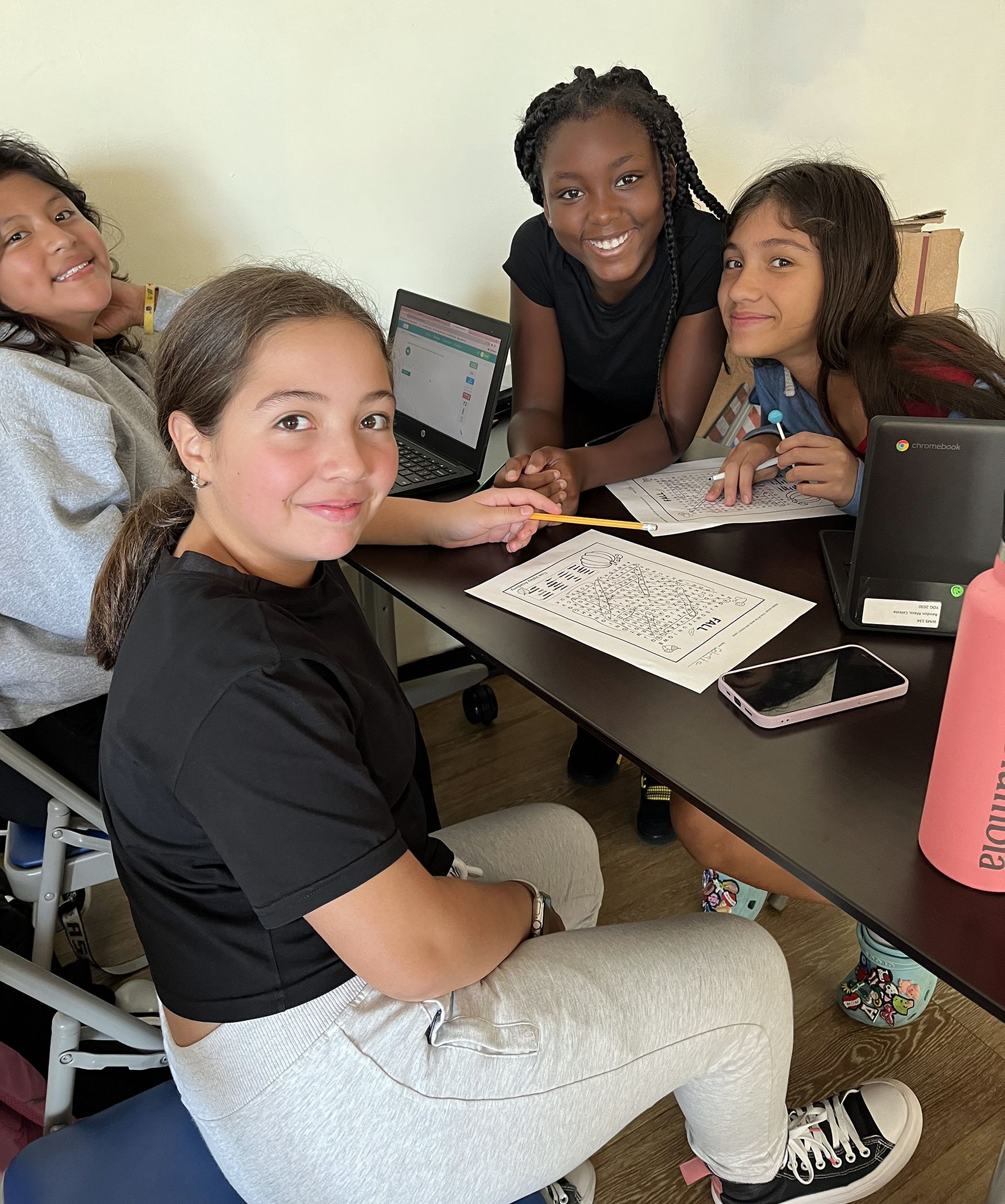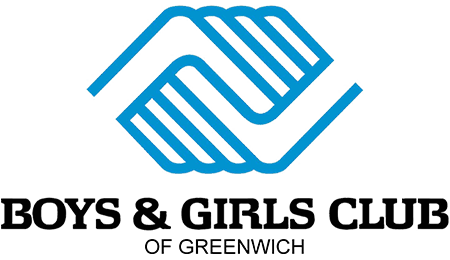
Ah, back-to-school season. For kids and parents, this can be an exciting and nerve-wracking time. New classes, new teachers and the pressure to outperform last year’s grades can all spike youth anxiety.
Amidst all these changes, finding the right after-school environment can make all the difference for youth. More than 5,400 Boys & Girls Clubs are prepared to ease the transition into a new school year with academic support, trained staff and technology to help all students be successful.
One of these is the Boys & Girls Club of Lynn just outside of Boston, Massachusetts. Read on for their tips on how to support kids and teens during back-to-school!
1. Keep Up Relationships Outside of School
Having a great school year is about more than academics – it’s about building kids’ confidence and community, especially during new transitions.
“We have at least 26 different schools in Lynn, so the shift from middle school to high school can be stressful,” shared Brian Theirrien, executive director at Boys & Girls Club of Lynn.
In addition to hands-on learning experiences, Boys & Girls Clubs support kids and teens in building social skills to help them communicate, interact with others and navigate challenges.
“Kids come to us from all different schools,” says Theirrien. “They meet up at the Club in the morning to walk to school together, and it lessens their anxiety. One of our teens said, ‘My friend group got all split up. I’m going to one high school, but most of my friends are going to another. But I met Amy (at the Club) who goes to my school, so now I know someone.’”
2. Have Adults Kids Can Go to For Support (Outside of Parents and Teachers)
A new school year can come with a lot of pressure and uncertainty for young people. Having a trusted adult to confide in beyond their school and home life can broaden their support system and perspective.
At Boys & Girls Clubs, trained youth mentors are available to support kids academically and emotionally during back-to-school and year-round.
Grace Duran, the Lynn Club’s associate director, recounted, “Just the other day, a teen member knocked on my door. The girl, beaming with excitement about cheerleading, was also feeling anxious. She opened up about transportation challenges to practices, an intense coach, feeling overtired and an upcoming exam. It was clear she needed to share her worries with someone she trusted.”
3. Continue Kids’ Learning Outside of School
From art classes and science experiments to tutoring and homework help, academic programs at Boys & Girls Clubs reinforce what youth learn during the school day, while sparking inspiration and curiosity.
On every floor of the Lynn Club, staff greet youth with the same question, “How was school today?” This not only helps staff gauge kids’ moods by 3 p.m. but direct them to after-school activities based on their interests and learning styles.
4. Be Responsive to Each Student’s Needs
Every student is different, and while back-to-school jitters are common, some students may have their own obstacles to overcome, too.
Take Ismael. After moving to the U.S. from the Dominican Republic, Ismael recalls not being able to speak English at age nine.
“The Lynn Boys & Girls Club really helped me learn English,” he says. “The staff showed me so much support. They asked me how I was doing and made sure that each day I entered or left the Club, I was smiling.”
Ismael’s confidence grew through his participation in Youth of the Year, Boys & Girls Clubs of America’s youth leadership development program, clinching the Massachusetts state title in 2020. He went on to secure scholarships to Tufts University, where he graduated with a degree in mechanical engineering, and, later, a job at the Club itself with support from mentors like Theirrien.
“Success is contagious,” says Theirrien, “Many of the young people we serve have the same goals and aspirations. Whether our Club is hosting a college visit, community service project, cooking class or chats with local business leaders, our teens often motivate each other to get involved.”
Back-to-school season can bring a whirlwind of emotions. But with the right tools, resources and support available, students and parents can not only survive, but thrive.














